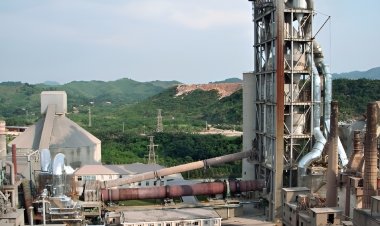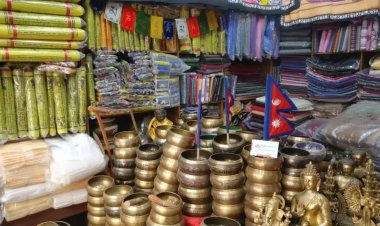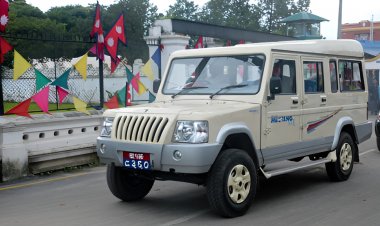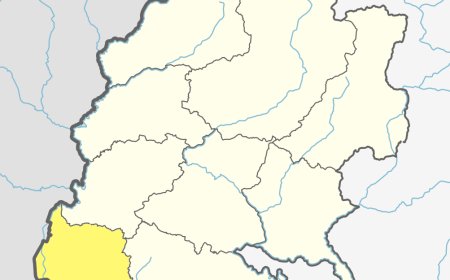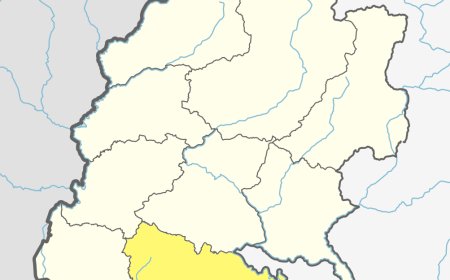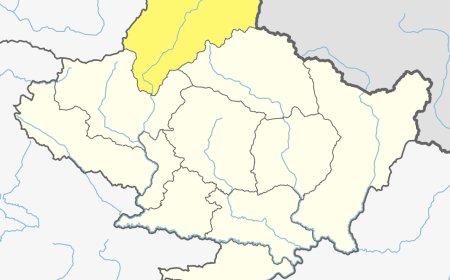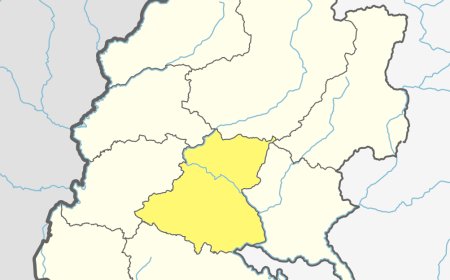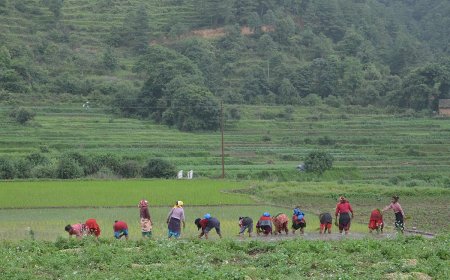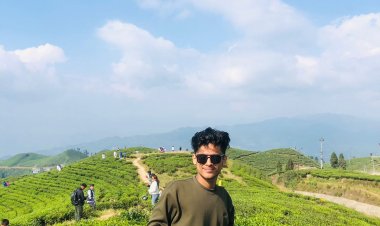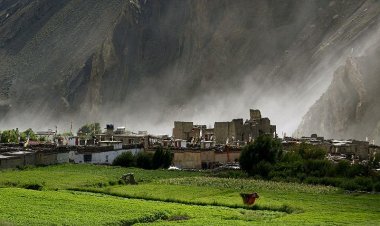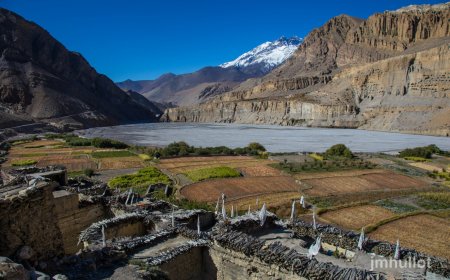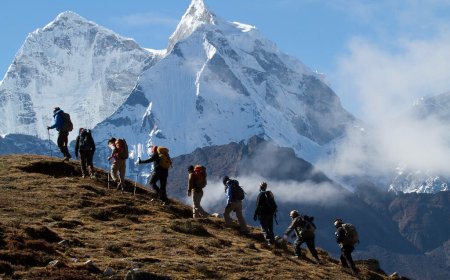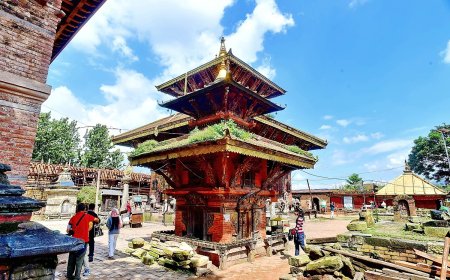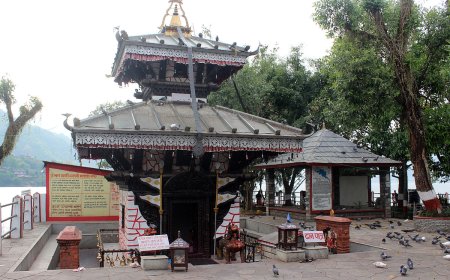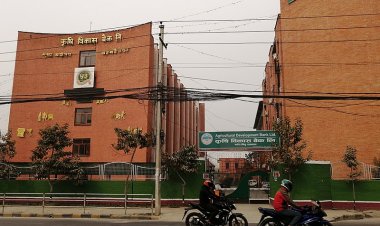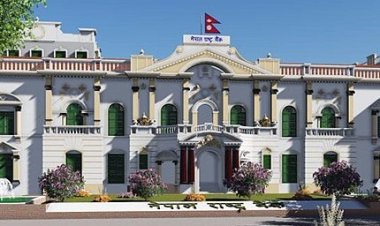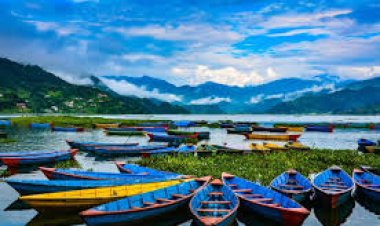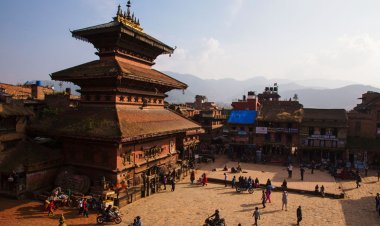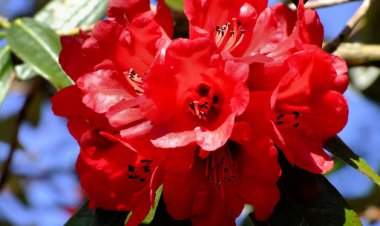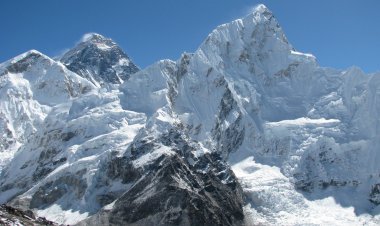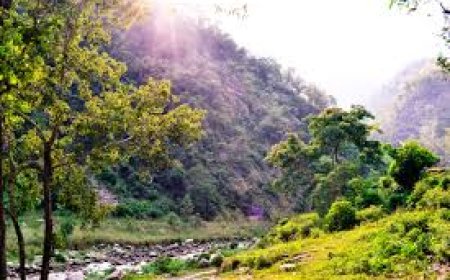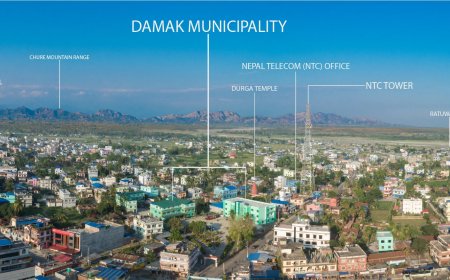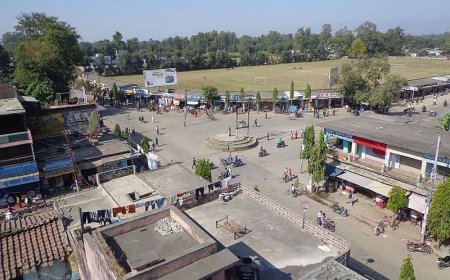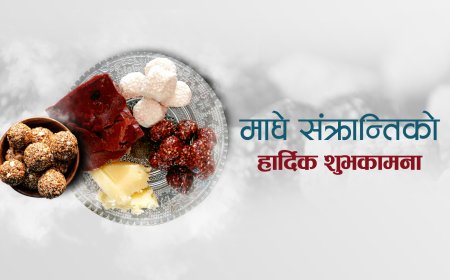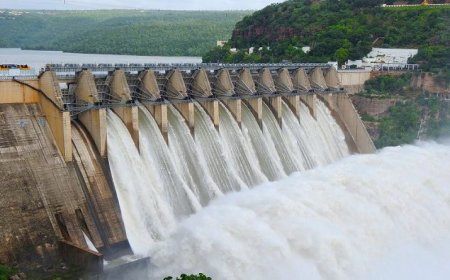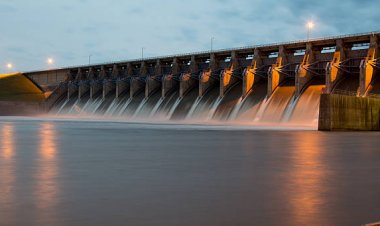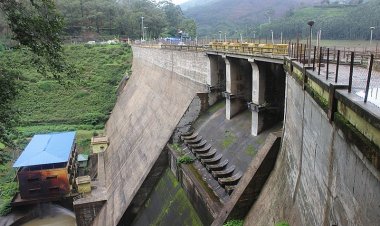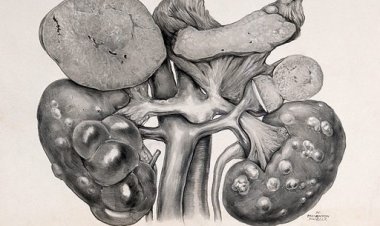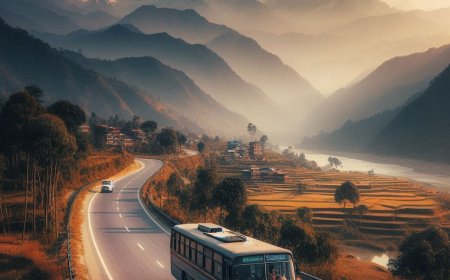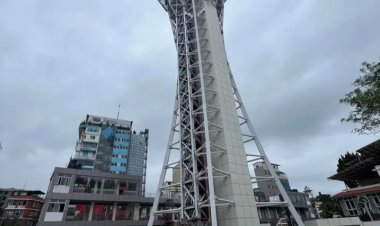Pyuthan: A Gem of Natural Beauty and Rural Traditions
Let’s explore Pyuthan district's hills, ancient temples, and authentic rural lifestyle, offering a peaceful getaway in Lumbini Province.
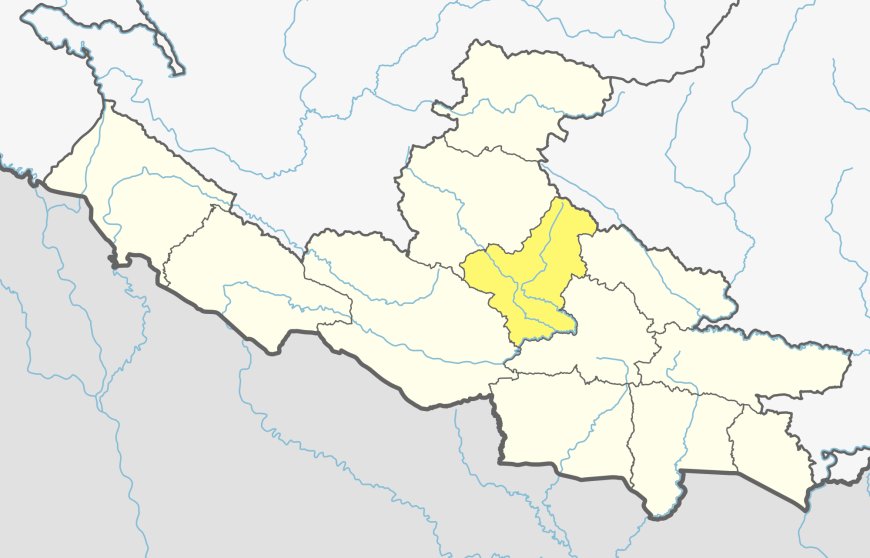
Introduction

Pyuthan is a beautiful district in the mid-western region of Nepal, renowned for its stunning landscapes, rich cultural heritage, and historical significance. Located in the Lumbini Province, this district is often referred to as the heartland of traditional Nepalese rural life. The district is characterized by its terraced hills, ancient temples, and vibrant local festivals, offering an enchanting blend of nature and culture. With its headquarters in Pyuthan Khalanga, the district provides a peaceful escape for travelers seeking tranquility and authenticity. This hidden gem invites adventurers, history enthusiasts, and cultural explorers alike to uncover its unique charms.
Geographical Overview
This district covers an area of approximately 1,309 square kilometers and features a varied landscape, from lush valleys to rolling hills. The elevation ranges from 305 meters to 3,000 meters, providing a rich array of ecosystems and microclimates. This district lies along the Mahabharat range, with the Rapti River traversing through its terrain, playing a vital role in agriculture and biodiversity.
The district experiences a subtropical to temperate climate, making it suitable for diverse flora and fauna. The scenic Jhimruk and Madi rivers further enhance the district’s natural beauty, offering potential for irrigation, hydropower, and recreational activities.
Table: Geographical Features
|
Feature |
Data |
|
Total Area (sq. km) |
1,309 |
|
Altitude Range (m) |
305–3,000 |
|
Major Rivers |
Rapti, Jhimruk, Madi |
|
Climatic Conditions |
Subtropical to Temperate |
Demographics
This district is home to a population of approximately 230,000 people, with diverse ethnic and cultural backgrounds. The Magar community is the predominant group, followed by Brahmins, Chhetris, and Dalits. Nepali is the widely spoken language, complemented by indigenous languages like Magar and Kham.
The district's cultural diversity is reflected in its vibrant festivals and traditions, which include a blend of Hindu and indigenous practices. Local music, dances, and rituals provide insights into Pyuthan’s deep-rooted cultural identity.
Table: Ethnic Composition
|
Ethnic Group |
Percentage (%) |
|
Magar |
40% |
|
Brahmin |
25% |
|
Chhetri |
20% |
|
Dalit |
15% |
Cultural and Historical Significance
This district has a wealth of cultural and historical landmarks. The district is dotted with ancient temples, including the famous Swargadwari Temple, a significant pilgrimage site for Hindus. Located at an elevation of 2,100 meters, Swargadwari is believed to have been blessed by a revered saint and attracts thousands of devotees each year.
The Magar community’s festivals, such as Bhume Puja, celebrate nature and ancestors, while Hindu festivals like Dashain and Tihar are observed with grandeur. These events offer a unique opportunity to experience Pyuthan’s harmonious blend of tradition and spirituality.
Table: Key Festivals
|
Festival |
Month |
Significance |
|
Bhume Puja |
May |
Magar festival honoring nature |
|
Dashain |
October |
Hindu festival of victory |
|
Tihar |
November |
Festival of lights |
|
Maghi |
January |
New Year for Tharu and Magar communities |
Major Attractions and Activities
This district’s beautiful landscapes and cultural landmarks make it a captivating destination for visitors. The Swargadwari Temple is a highlight, offering spiritual solace and panoramic views of the surrounding hills. Other attractions include the Satyawati Lake, a peaceful spot for picnics and boating, and the scenic Jhimruk Valley, ideal for trekking and nature exploration.
Visitors can also explore the traditional villages of the Magar community, where they can learn about local crafts, folklore, and hospitality. The district’s untouched trails provide excellent opportunities for ecotourism and adventure.
Table: Major Attractions
|
Attraction |
Location |
Highlight |
|
Swargadwari Temple |
Eastern Area |
Sacred Hindu pilgrimage site |
|
Satyawati Lake |
Southern Area |
Scenic beauty and picnicking |
|
Jhimruk Valley |
Central Area |
Trekking and nature trails |
|
Rapti River |
Throughout the district |
Recreational and scenic spot |
The district offers various activities such as hiking, bird watching, and participating in traditional festivals. The district’s commitment to sustainable tourism ensures the preservation of its natural and cultural treasures for generations to come.
Economic Overview
Agriculture is the backbone of this district’s economy, with rice, maize, and wheat being the primary crops. The fertile plains along the Rapti and Jhimruk rivers support intensive farming practices. The district is also known for its production of lentils and seasonal fruits, contributing to local livelihoods.
Tourism is a growing sector, driven by attractions like Swargadwari Temple and Satyawati Lake. Traditional crafts, such as basket weaving and pottery, also play a role in the economy, preserving cultural heritage while providing income for local artisans.
Table: Economic Highlights
|
Sector |
Contribution |
|
Agriculture |
Rice, maize, wheat, and lentils |
|
Tourism |
Swargadwari, Satyawati Lake |
|
Traditional Crafts |
Basket weaving, pottery |
Conclusion
Pyuthan is a captivating district that seamlessly combines natural splendor, cultural depth, and economic vitality. From the sacred Swargadwari Temple to the tranquil Satyawati Lake, this district offers a unique experience for travelers. Its terraced hills, traditional villages, and vibrant festivals showcase the district’s enduring charm. Whether you seek spiritual enrichment, cultural immersion, or outdoor adventure, this district promises an unforgettable journey into the heart of Nepal.
Frequently Asked Questions (FAQs)
-
Where is Pyuthan located?
Pyuthan is located in the Lumbini Province of Nepal.
-
What is Pyuthan best known for?
The district is renowned for the Swargadwari Temple and its terraced landscapes.
-
Which rivers flow through Pyuthan?
The Rapti, Jhimruk, and Madi rivers flow through this district.
-
What is the dominant ethnic group in Pyuthan?
The Magar community forms the largest ethnic group in Pyuthan.
-
What are the major crops grown in Pyuthan?
Rice, maize, wheat, and lentils are the primary crops grown in the district.
-
What is the best time to visit Pyuthan?
Spring (March to May) and autumn (September to November) are ideal seasons to visit.
-
What cultural festival is celebrated by the Magar community?
The Magar community celebrates Bhume Puja to honor nature and ancestors.
-
What is the significance of Swargadwari Temple?
Swargadwari Temple is a sacred site believed to be blessed by a saint, attracting thousands of pilgrims.
-
What makes Pyuthan unique?
Pyuthan’s harmonious blend of natural beauty, cultural richness, and historical landmarks sets it apart.
What's Your Reaction?





























